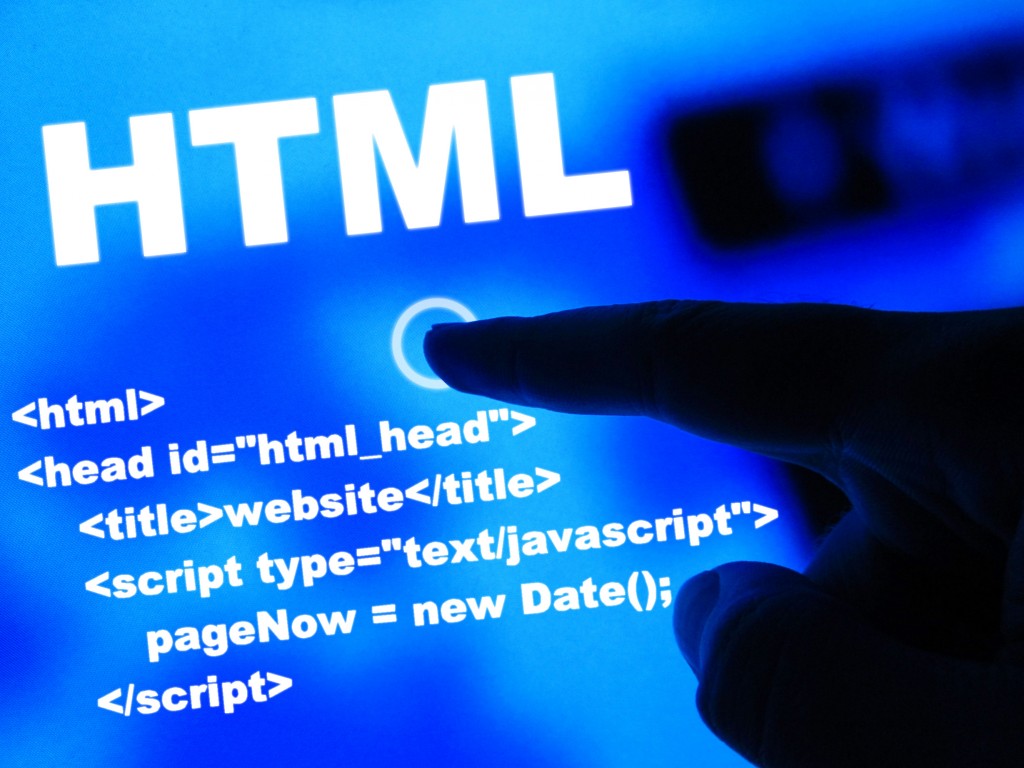What is HTML?
HTML is a standard markup language which describes different web documents. It helps for tagging text files to achieve different elements like fonts, text, colors, style, images, and hyperlink effects on World Wide Web pages.

What does HTML stand for?
HTML stands for Hyper Text Markup Language. HTML documents are described by HTML tags. Web browsers read HTML files and convert them into visual or audio web pages. HTML allows images and different files to be embedded.
A Short History about HTML Invention
In 1980, a physicist of a famous and leading nuclear research organization CERN (The European Organization for Nuclear Research) invented a prototyped enquire which basic purpose was to use and share documents in research center CERN. That great physicist name was Tim Berners Lee. Late in 1989 Barners Lee introduced an internet based hypertext system for internal use at CERN. In 1990 Berners Lee and CERN’s other data engineer Robert Cailliau sent a joint request for funding to higher management of CERN to start wide research about that internet based hypertext system but CERN management rejected this request.
After rejection of that funding request in 1991 Berners Lee introduced that hypertext system in public and he named that project or document “HTML Tags”. On that time it describes 18 different elements. Mostly elements still exist in HTML4 language. Burners Lee considered Hyper Text Markup Language to be an application of SGML (Standard Generalized Markup Language).
Development of Different Versions of HTML
With the passage of time different engineers worked on this great project. Especially W3C (The World Wide Web Consortium) worked very hard to made it perfect. They researched on different things and published different recommendations in 1990s.
After great research work HTML 3.0 was suggested as a standard to the IETF (Internet Engineering Task Force) but it expired just in five months but it included many capabilities. HTML3.0 was supporting tables, text flow and different mathematical formulas but it didn’t succeed due to several reasons. Its draft was very heavy as it contained 150 pages. Later in January 1997 HTML 3.2 was published as W3C’s recommendations. It was official HTML version developed by The World wide Web Consortium.
In December 1997 HTML 4.0 was published and once again it was recommendation of W3C. In December 1999 W3C once again published its recommendations in HTML 4.01 version. Later in May 2000 HTML 4.01 was published as an International Standard (ISO).

History of HTML5
In January 2008, HTML5 was published as a working draft by the W3C but in October 2014 HTML5 was officially published as a W3C recommendation and now it is world famous and latest markup language. Millions of developers around the world are using this language to develop web pages.
What is the importance of HTML?
Hypertext Markup Language, or HTML, is a programming language used to describe the structure of information on a webpage. Together, HTML, CSS, and JavaScript make up the essential building blocks of websites worldwide, with CSS controlling a page’s appearance and JavaScript programming its functionality.
Features and Advantages of HTML
Advantages :
- HTML is widely used.
- Every browser supports HTML Language.
- Easy to learn and use.
- HTML is light weighted and fast to load.
- Do not get to purchase any extra software because it’s by default in every window.
- Easy to use.
- Loose syntax (although, being too flexible won’t suit standards).
Disadvantages of HTML
Disadvantages of HTML:
1. It can create only static and plain pages so if we need dynamic pages then HTML
is not useful.
2. Need to write lot of code for making simple webpage.
3. Security features are not good in HTML.
4. If we need to write long code for making a webpage then it produces some complexity.
Top 8 Uses of HTML
- Web pages development. HTML is heavily used for creating pages that are displayed on the world wide web.
- Web document Creation.
- Internet navigation.
- Cutting edge feature.
- Responsive images on web pages.
- Client-side storage.
- Offline capabilities usage.
- Data Entry support with HTML.
- What is Mobile Virtual Network Operator? - April 18, 2024
- What is Solr? - April 17, 2024
- Difference between UBUNTU and UBUNTU PRO - April 17, 2024

